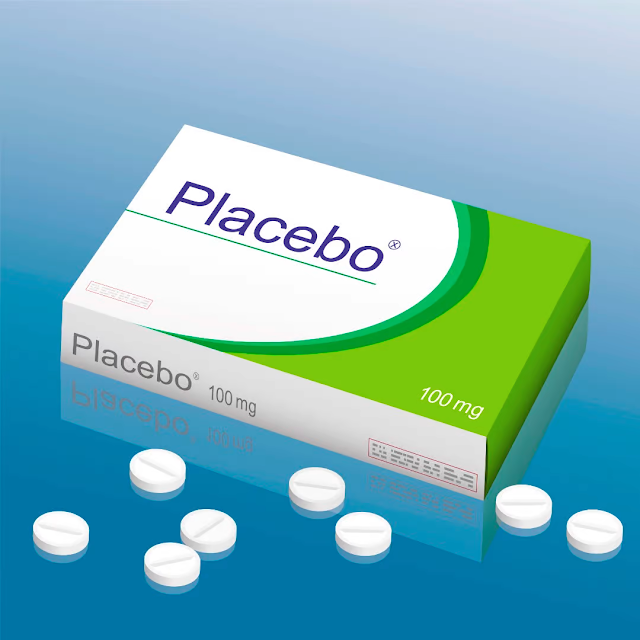Domestic Violence (DV) and/or Interpersonal Violence (IPV)
By Van Ethan Levy, LMFT & LPCC
Are you questioning if you or someone you know is experiencing Domestic Violence (DV) and/or Interpersonal Violence (IPV)?
What is DV/IPV?
DV is an acronym for Domestic Violence and IPV is an acronym for Interpersonal Violence.Who can be involved in a DV & IPV dynamic?
DV & IPV is any dynamic that involves a power dynamic that is non-consensual of all parties involved. This could be between child and parent, friends, romantic/sexual relationships, professor and student, and/or any other dynamic that involves 2 or more individuals.How do I know if I am involved in and/or someone else is involved in DV/IPV dynamic?
There are many different signs of DV/IPV and just because it is not listed here it doesn’t mean that it is not DV/IPV. Here are a few examples:- When a person is told what they can and cannot share/talk about that directly involves them.
- When a person is having to share every detail of the person’s day, life, who the person is texting and more without wanting to engage in these kinds of sharing.
- When a person is being verbally degraded, called names, and made to feel small/insignificant/helpless/hopeless.
- When a person is questioning the person’s reality because the other person is convinced that person that things have or have not happened.
- When there is physical violence (hitting, slapping, pushing, scratching, pinching, tying up, restraining, or physically preventing someone from leaving and more without consent).
- When there is sexual violence (unwanted touching, the person is guilted into performing sexual acts, non-consensual sexual activity when the person is asleep/unconscious or more).
- Being forced to take medication.
- Being gaslit (being told that the person is insensitive, not understanding, dramatic, making things up, crazy, wrong, lying and/or other types of language that prevent the person’s reality from being validated and that removes the blame of the person causing the harm onto the person being harmed).
- When someone damages personal property.
- When someone tries to “ruin one’s reputation” and spreads rumors and lies to people around them. This can included but is not limited to, one’s family, friends, classmates, and more.
- When someone is stalked.
- When someone is forced to engage in sexual activity with the person and/or others.
What do I do?
If you are experiencing DV and/or IPV it is important that you consider what is the safest course of action for yourself. Some people are able to reach out to family and friends. Some people reach out to student health services for mental health support. Some people reach out to local organizations that specialize in IPV/DV. Some people reach out to shelters. There are even programs that will board your animals for free while the person find a safer space to live to reduce additional barriers that are preventing the person from leaving.How can I support?
If you know someone who is experiencing DV/IPV and/or suspect that the person is one thing that you can do is listen. Engage with the person from a non-judgmental positionality. Most of the time, a person involved in an IPV/DV dynamic has other people judging the person and adding burden by demanding the person leave the relationship. A way to be supportive is trusting that the person is doing the best that the person can while offering support in ways that work for the person. Sometimes that is listening. Sometime, it is engaging in a safety plan. Or offering a safer space for the person, sharing resources with the person, or encouraging the person to reach out to Health Services, Mental Health Support and more.
What is a safety plan?
A safety plan is a plan of action to reduce and/or minimize the harm that a person experiences. It can include:- a list of people whom the person feels safer to call/contact, including but not limited to hotlines and warmlines.
- a to-go bag which has clothing, cash, all the person’s identification and/or anything the person may want/need to take with the person if the person decides that the safest thing to do is leave.
- code words that the person texts and/or says over the phone with someone else if the person is in danger, needs someone to call 911 and/or if the person needs someone to come get them.
- a list of beverages and foods that are soothing to the person.
- a list of coping skills.
- a list of resources of agencies, organizations and more that the person can call.
- places the person can go that are safer to get space from the person/people and/or situation the person is in.
Health Services at MiraCosta can be contacted by:
Phone: 760.795.6675Email: mccshs@miracosta.edu
Website Contact Form




Comments
Post a Comment